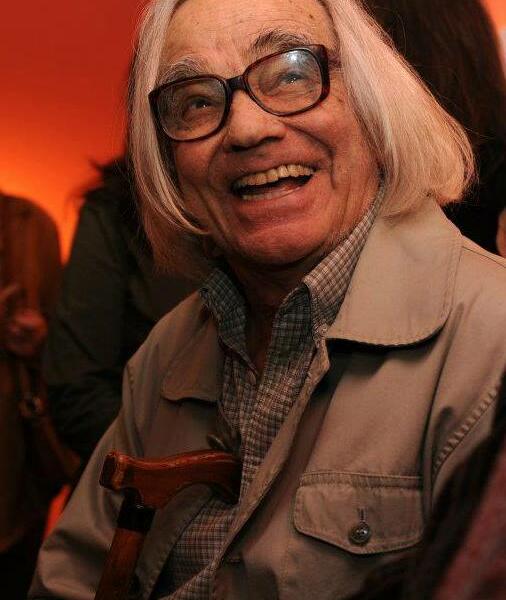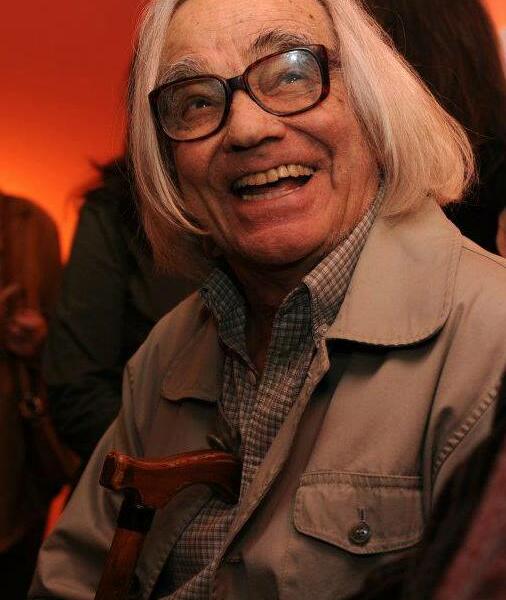Scadalous León (1920-2013)
IN MEMORIAM
The great Argentine artist León Ferrari has passed away at the age of 92. He boasted an international artistic trajectory featuring a production that goes across time, re-signifying itself through different instances of social denouncement.

“I ignore the formal value of those pieces. The only thing I ask of art is that it helps me express what I think as clearly as possible, to invent visual and critical signs that let me condemn more efficiently the barbarism of the West. Someone could possibly prove to me that this is not art. I would have no problem with that, I would not change paths, I would simply change its name, crossing out art and calling it politics, corrosive criticism, anything at all really.” León F.
An admirer of Antonio Berni, León Ferrari wrote in his notebooks on January 24, 1964: "Berni is formidable, the two 1961 Juanito Laguna and the two Ramona Montiel are very powerful, very well rendered. After seeing them, one must take one’s hat off to him and cut one’s throat. He is by far the most brilliant of visual artists.” León Ferrari’s political and social – and not less critical – oeuvre is informed by the transformation of the image; he works with the transformation of images and words.
Ferrari, an Argentine artist commanding international visibility and renown, was born in Buenos Aires on September 3, 1920, and he passed away today, July 25, 2003, also in Buenos Aires. His work involves contempt for icons and idolatry, the denouncement of corruption and the violation of human rights, criticism of the power systems that dominate and marginalize, and as these are persistent issues, Ferrari’s works may be reread every day over time in what would seem to be an eternal rediscovery.
León Ferrari was the son of Italian-born Augusto Ferrari, and of Susana Celia del Pardo. Together with his father, León built and decorated several churches in Córdoba and Buenos Aires. He was formally trained as an engineer but not as an artist. He lived in Argentina, then settled for a few years in Italy, returned to Argentina, went into exile and returned once again to his native country. His legacy includes a vast body of work and documents, but it has also left its imprint on the collective memory through the Christ he featured in Western-Christian Civilization, the protests originated in 2000 by his exhibition Hells and Idolatries, his 2004 retrospective at the Recoleta Cultural Center, curated by Andrea Giunta; the Golden Lion awarded to him at the 2007Venice Biennale; his 2009 exhibition at the MoMA and at the Reina Sofía the following year; the Platinum Konex Aaward, and other distinctions that certify a universal, contemporary and disturbing oeuvre. Which renders him worthy of taking one’s hat off to him and cutting one’s throat.






